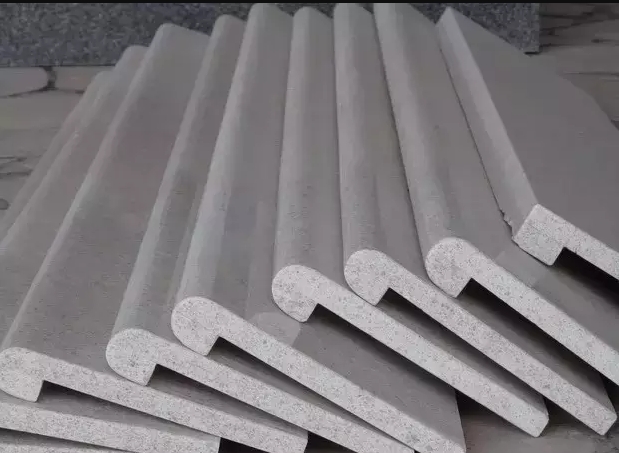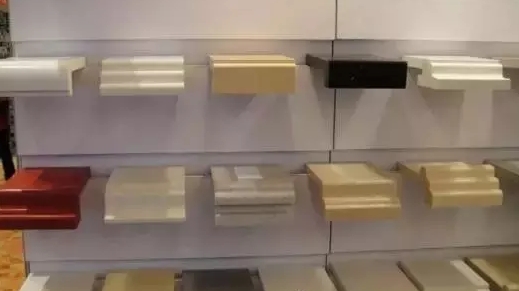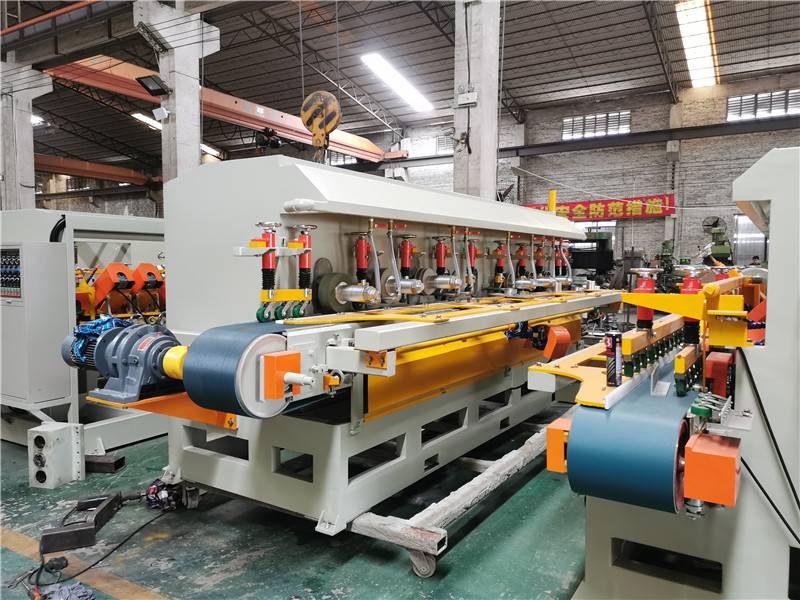
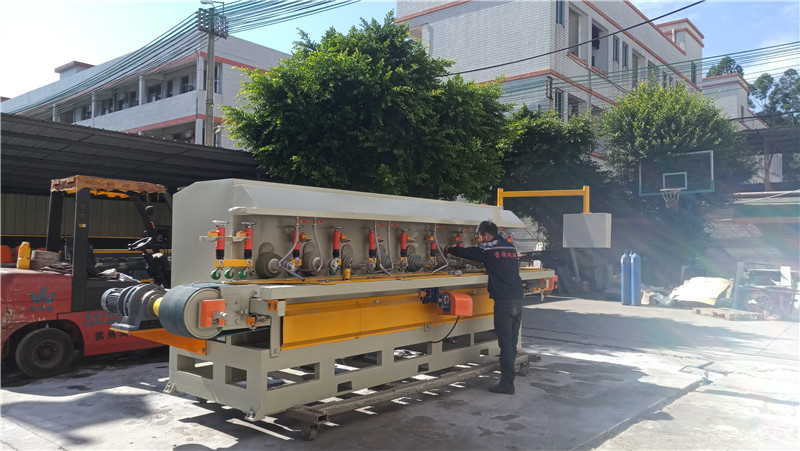
Common stone edge grinding and shaping techniques using a stone side polishing machine
The stone side polishing machine can perform various common edge grinding and shaping processes during stone processing to meet different design and application requirements. Here are some common stone edging techniques and their characteristics:
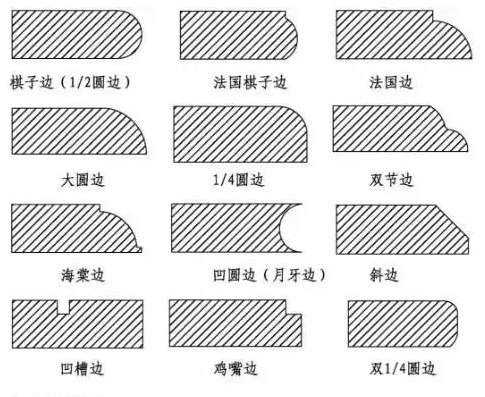
Visible edge (straight edge):
Process description: Grind the side of one long edge of the stone to a glossy finish, so that the exposed side has a smooth surface.
Characteristics: The simplest processing technology, commonly used in threshold stones, window sill stones, countertop stones, etc.
1/2 round edge:
Craft description: Grind the exposed side of the stone into a semi-circular shape, softening the sharp edges of the stone itself.
Features: Commonly found in window and countertop stones, adding a touch of beauty.
French chess piece edge:
Process description: Use a 2-3 millimeter wide visible edge on the first layer to depict or shape the overall contour, and then decorate it with a 1/2 round edge.
Features: It makes the entire window sill extremely beautiful and adds a sense of layering. It is commonly used for window sill stones, stairs, washbasins, etc.
hypotenuse:
Process description: The edges of the stone are cut and ground into oblique angles, creating a certain inclination at the edges of the countertop.
Features: Beautiful and modern, while the angled edges prevent water and other liquids from flowing directly onto the cabinets below.
Cow Nose Edge:
Craft description: The edges of the stone are ground into a specific curved shape to make it appear thinner.
Features: It is a classic edge design of traditional kitchens or bathrooms, providing a very smooth appearance.
Half circle edge:
Process description: Similar to a 1/2 round edge, but with a longer extension of the curve and a flat bottom.
Features: The smooth shape can directly remove any spilled material from the cabinet.
Straight and angled edges:
Process description: On the basis of the straight edge, an oblique angle is added to highlight the thickness of the kitchen or bathroom countertop.
Features: Suitable for people who want to add shape to their countertop but do not want rounded edges.
S-shaped curve edge:
Craft description: The edges adopt complex S-shaped curves, providing a perfect appearance for traditional kitchens.
Features: Suitable for kitchens with traditional or retro design styles.
